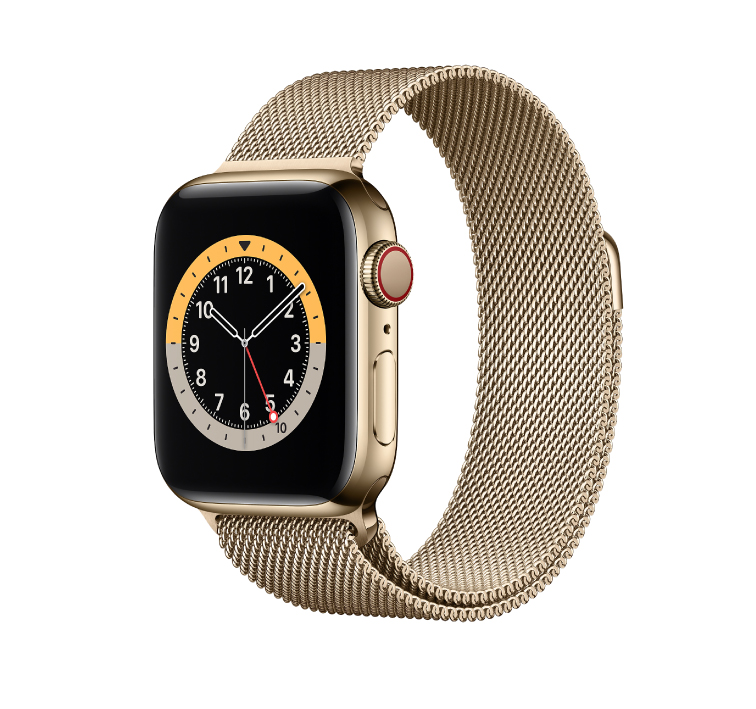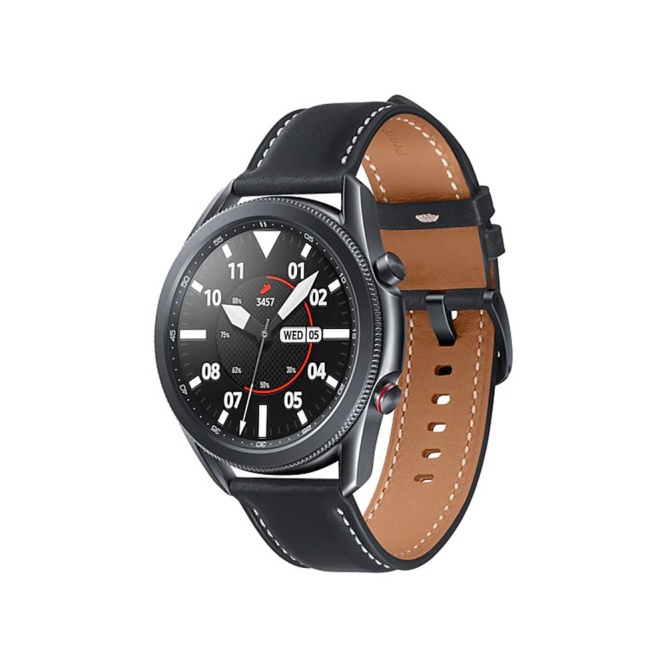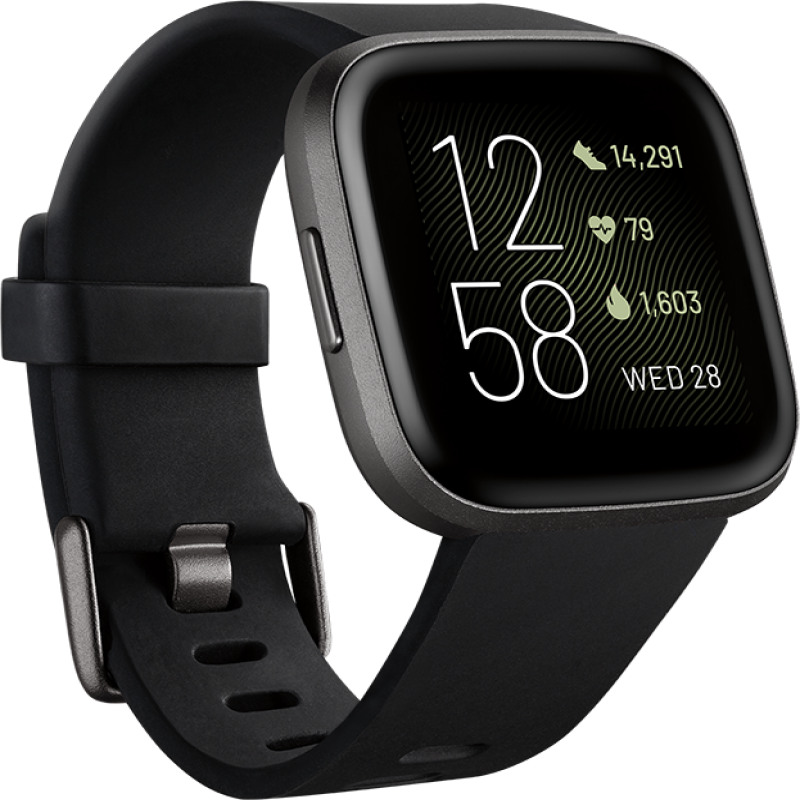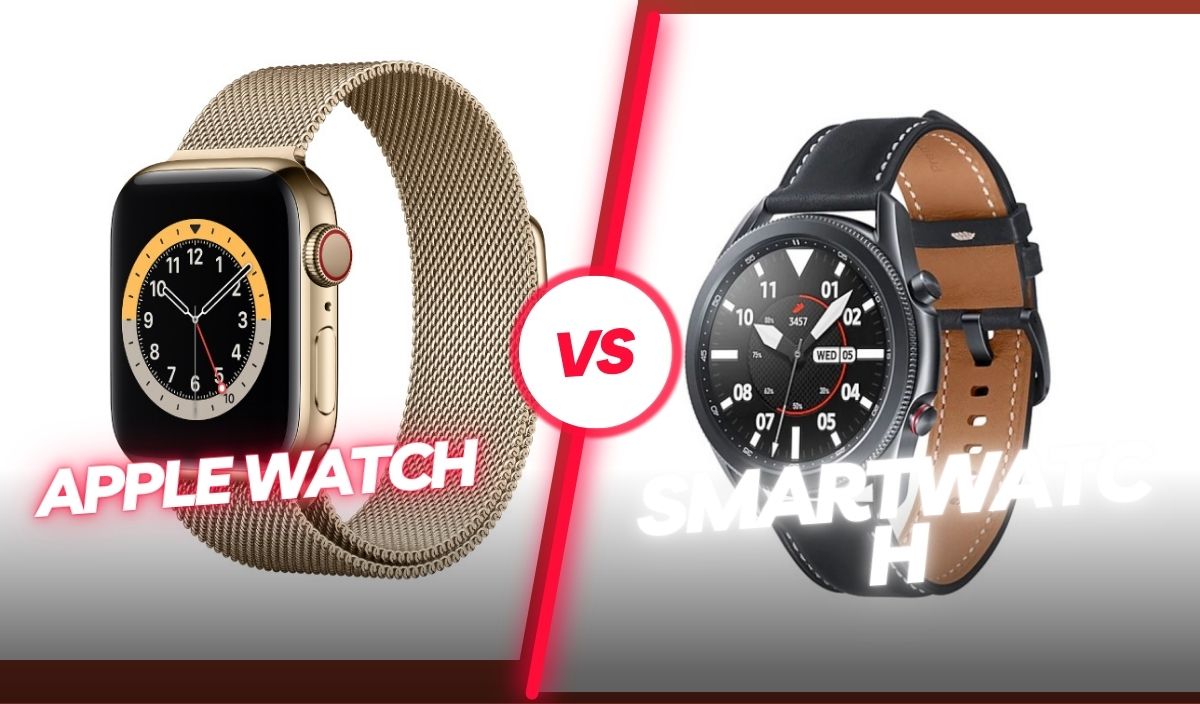This article will explore the difference between Apple watch and smartwatch.
Smartwatches have come a long way since their introduction in the early 2000s. They were primarily used as smartphone companion devices, allowing users to receive notifications and control music playback.
However, as technology has progressed, smartwatches have become more advanced, incorporating features such as fitness tracking, GPS, and mobile payments. One of the most popular and well-known smartwatches on the market is Apple.
The Apple Watch was first introduced in April 2015 and has become one of the market’s most popular and recognizable smartwatches. It has many features and capabilities, including fitness tracking, heart rate monitoring, and mobile payments through Apple Pay.
On the other hand, other smartwatches may have a different level of integration with other devices and may have different designs and feature sets. They may come with an android wear OS or run on another operating system.
Some may focus more on fitness and health tracking, while others prioritize battery life or cellular connectivity.
Design and Hardware difference between Apple watch and smartwatch
There is some clear difference between Apple watch and smartwatch in terms of design and hardware.
Apple Watch

- Variety of customizable watch faces and bands
- Retina display with Force Touch technology
- Heart rate sensor, accelerometer, and gyroscope sensors
- Up to 18 hours of battery life
Samsung Galaxy Watch

- Super AMOLED display
- Accelerometer, Gyroscope, Barometer, HRM, and Ambient Light sensors
- Up to 4 days of battery life
Fitbit Versa

- Sleek and lightweight design
- Variety of customizable watch faces and bands
- Always-on display
- Heart rate sensor, accelerometer, and altimeter sensors
- Up to 5 days of battery life
The Apple Watch boasts a sleek and modern design, available in various materials such as aluminum, stainless steel, and titanium. It also offers a range of customizable watch faces and bands, allowing users to personalize their devices to their style.
Additionally, the Apple Watch features a Retina display with Force Touch technology and various sensors such as a heart rate sensor, accelerometer, and gyroscope. The battery life of the Apple Watch is up to 18 hours.
The Samsung Galaxy Watch offers a classic design and is available in stainless steel with multiple band options. It has a Super AMOLED display and various sensors such as Accelerometer, Gyroscope, Barometer, HRM, and Ambient Light sensors. The battery life of the Samsung Galaxy Watch is up to 4 days.
The Fitbit Versa has a sleek and lightweight design, customizable watch faces and bands, and an always-on display. Additionally, it has sensors such as a Heart rate sensor, accelerometer, and altimeter sensors and a battery life of up to 5 days.
Software and Operating Systems
Software and operating system difference between Apple watch and smartwatch shows which is best.
Apple Watch:
- Uses watchOS, Apple’s proprietary operating system
- Seamless integration with other Apple products, such as the iPhone and iPad
- Access to the App Store, where users can download a wide range of apps specifically designed for the Apple Watch
- Features such as Siri, iMessage, and Apple Pay are integrated into the operating system.
- Limited compatibility with non-Apple products.
Samsung Galaxy Watch:
- Uses Tizen, Samsung’s proprietary operating system
- Features such as Samsung Pay, Bixby, and Samsung Health are integrated into the operating system
- Access to the Galaxy Store, where users can download a wide range of apps specifically designed for the Samsung Galaxy Watch
- Compatibility with a wide range of Android and iOS devices
Fitbit Versa:
- Uses Fitbit OS, Fitbit’s proprietary operating system
- Features such as Fitbit Pay, Fitbit Coach, and Fitbit Today are integrated into the operating system
- Access to the Fitbit App Gallery, where users can download a wide range of apps specifically designed for the Fitbit Versa
- Compatibility with a wide range of Android and iOS devices
Connectivity and Integration
Apple Watch:
- Bluetooth connectivity to pair with iPhone
- Wi-Fi connectivity to connect to the internet without iPhone
- Cellular capabilities available in some models, allowing for calls, texts, and data to be used without being connected to iPhone
- Integration with other Apple products, such as the iPhone and iPad, allows for features such as phone calls, messages, and Apple Pay to be used directly from the watch
- Limited integration with non-Apple products
Samsung Galaxy Watch:
- Bluetooth and Wi-Fi connectivity to pair with smartphones
- Cellular capabilities are available in some models, allowing for calls, texts, and data to be used without being connected to a smartphone
- Integration with Samsung products and services, such as Samsung Health and Samsung Pay
- Compatibility with a wide range of Android and iOS devices
Fitbit Versa:
- Bluetooth connectivity to pair with smartphones
- Wi-Fi connectivity to connect to the internet without a smartphone
- No cellular capabilities
- Integration with Fitbit products and services, such as Fitbit Pay and Fitbit Coach
- Compatibility with a wide range of Android and iOS devices
In terms of integration with smart home devices, the Apple Watch offers integration with HomeKit-enabled devices, allowing for control of connected devices directly from the watch. Other smartwatches may also integrate smart home devices through their platforms or third-party apps.
Read: How To Fix U8 Smartwatch?
Read: Strongest Vibrating Smartwatch To Keep You Alert!
Read: US Version VS International Version Smartwatch
Health and Fitness Features
Apple Watch:
- Heart rate monitoring: The Apple Watch uses an optical sensor to monitor the wearer’s heart rate and alerts them if their heart rate goes above or below a certain threshold.
- Activity tracking: The Apple Watch tracks the wearer’s daily activity levels, including steps taken, calories burned, and minutes of exercise. It also includes various workout tracking options, such as running, cycling, swimming, and more.
- Sleep tracking: The Apple Watch has a built-in Sleep app that tracks the wearer’s sleep patterns and provides insights into the quality of their sleep.
Samsung Galaxy Watch:
- Heart rate monitoring: The Samsung Galaxy Watch uses an optical sensor to monitor the wearer’s heart rate and provides detailed insights on heart rate trends.
- Activity tracking: The Samsung Galaxy Watch tracks the wearer’s daily activity levels, including steps taken, calories burned, and minutes of exercise. It also includes various workout tracking options, such as running, cycling, swimming, and more.
- Sleep tracking: The Samsung Galaxy Watch has a built-in Sleep app that tracks the wearer’s sleep patterns and provides insights into the quality of their sleep.
Fitbit Versa:
- Heart rate monitoring: The Fitbit Versa uses an optical sensor to monitor the wearer’s heart rate and provides detailed insights on heart rate trends.
- Activity tracking: The Fitbit Versa tracks the wearer’s daily activity levels, including steps taken, calories burned, and minutes of exercise. It also includes various workout tracking options, such as running, cycling, swimming, and more.
- Sleep tracking: The Fitbit Versa has a built-in Sleep app that tracks the wearer’s sleep patterns and provides insights into the quality of their sleep.
Conclusion
Smartwatches have become increasingly popular for consumers looking to stay connected, track their health and fitness, and improve their overall well-being. The Apple Watch, Samsung Galaxy Watch, and Fitbit Versa are the most popular smartwatches currently available.
When considering the difference between Apple watch and smartwatch, consumers should consider factors such as price, features, and the ecosystem they want to be in. The Apple Watch offers seamless integration with other Apple products.
Other smartwatches like Samsung Galaxy Watch and Fitbit Versa offer compatibility with a wide range of Android and iOS devices and have their own set of features integrated into their operating system. Consumers should also consider the level of connectivity, integration, and compatibility with other devices they require.
The choice between an Apple Watch, Samsung Galaxy Watch, or Fitbit Versa will depend on an individual’s needs and preferences. It is essential for consumers to carefully research and compare the features, prices, and ecosystems of different smartwatches before making a decision.
